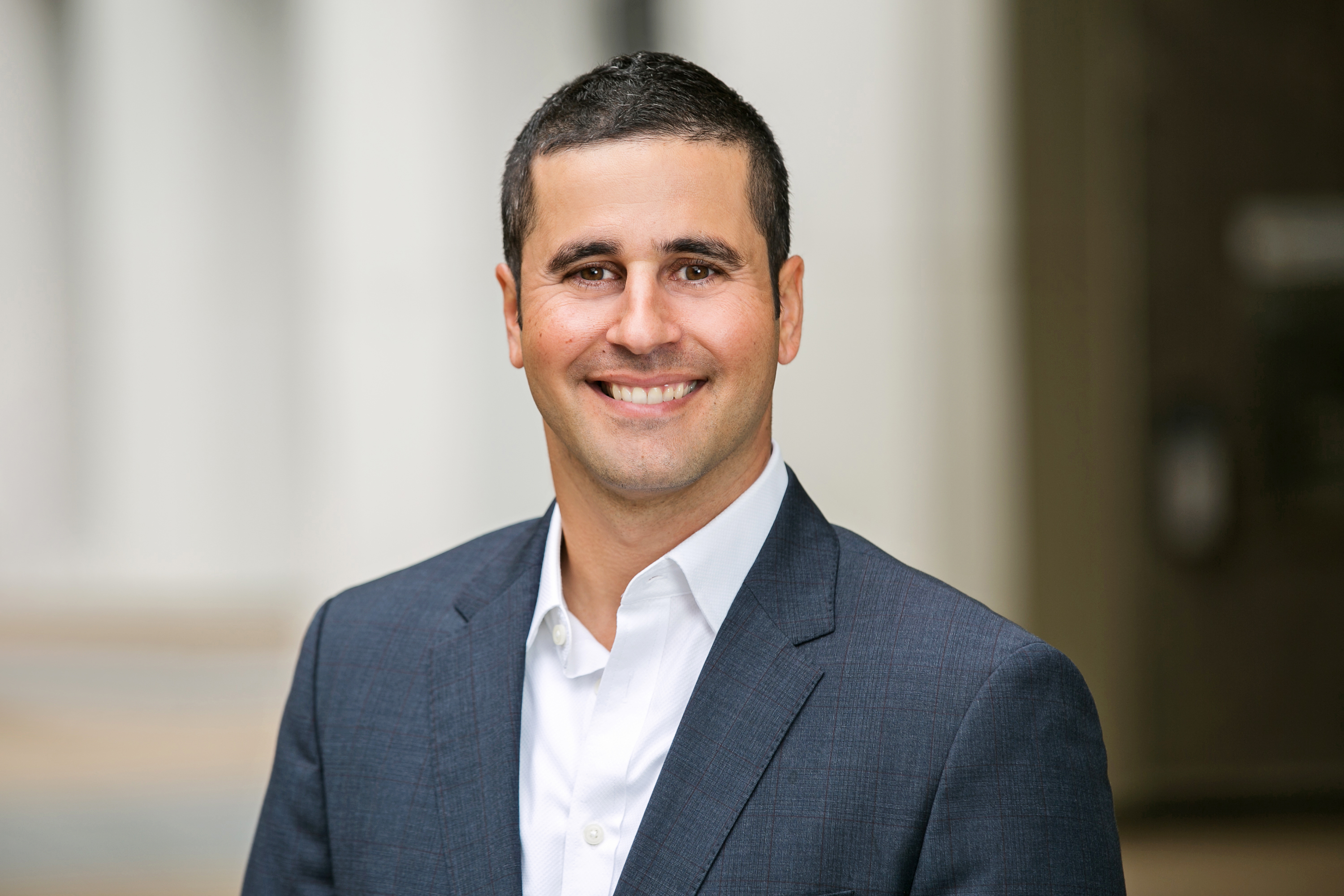5 Tips for Securing Your Senior Housing Development Loan
By Shlomi Ronen, Founder & Managing Principal, Dekel Capital: The key factors that will help you find the right lender for your project.
By Shlomi Ronen, Founder & Managing Principal, Dekel Capital
 With nearly 6 million members of the Baby Boomer generation already living in some level of senior housing, development in the sector is rising and expected to grow at a rate of 2.6 percent a year.
With nearly 6 million members of the Baby Boomer generation already living in some level of senior housing, development in the sector is rising and expected to grow at a rate of 2.6 percent a year.
According to NIC MAP® Data Service (NIC MAP) data, over the past decade, senior housing outpaced other property types in both average asset value and ROI, with a total return of 14.1 percent, higher than that of all property types at 8.4 percent.
In 2015 alone, investment transactions in senior housing exceeded 2014 numbers by nearly $1 billion, totaling $18.7 billion across 514 deals closed. Developers have responded with a significant increase in senior housing development. NIC reports that 48,903 units were under construction in the fourth quarter of 2015, about twice the 22,975 units that were being built during the same period in 2012.
While it may look like overbuilding on a national scale, it is important to focus on individual submarkets. With the population of Americans over the age of 65 expected to nearly double by 2030, demographics suggest demand is sufficient to accommodate current levels of development, as growth of this population will outpace current project supply growth, which is projected at 2.9 percent annually.
In recent weeks, Dekel Capital has spoken with more than 50 providers of senior housing lending, mezzanine and preferred equity as part of bridge and construction loan assignments. With the recent pullback by banks in construction lending, coupled with the specialized nature of assisted living and memory care, the number of lenders in this space is fairly limited, making securing financing more difficult.
All this in mind, below are a few key factors that will assist you in financing your next senior housing project.
1. Emphasize your track record. Generally, lenders require specific experience in senior housing development from a potential borrower. Even if you have developed 3,000 apartment buildings, your multifamily experience alone will not convince a lender to issue a loan. It is crucial to show specific experience with developing and operating senior living properties.
2. Secure the right management company. If you don’t have prior operating experience in senior housing, partnering with an experienced management company will be seen as a more desirable investment opportunity–particularly if there has been prior cooperation between the lender and the management company. Additionally, lenders have a strong preference for third-party property management companies to have an equity interest in the project.
3. Seek a credible guarantor. Lenders will continue to seek projects with credible guarantors that ideally have experience in the senior living space. As banks are faced with continued regulations and credit tightening, it’s important to have sponsors with financial wherewithal. Specifically, lenders are focused on contingent liabilities as a whole, even if they are not specific to their respective bank.
4. Assemble an experienced team. Similar to the management company requirement, it’s vital for the development’s project team to have a general contractor, architect and interior designer that specializes in senior housing construction. A team with past experience and a history of execution gives lenders confidence in the project’s success.
5. Understand leverage. Given the select group of lenders in this space, competition among lenders is somewhat muted. We can expect leverage to be in the 60 to 70 percent range, with recourse upon or near stabilization.
As the demand for senior housing continues to grow and banking regulations tighten, now is an opportune time to enter the senior living market. These key factors should aid in finding the right lender to finance your project.







You must be logged in to post a comment.